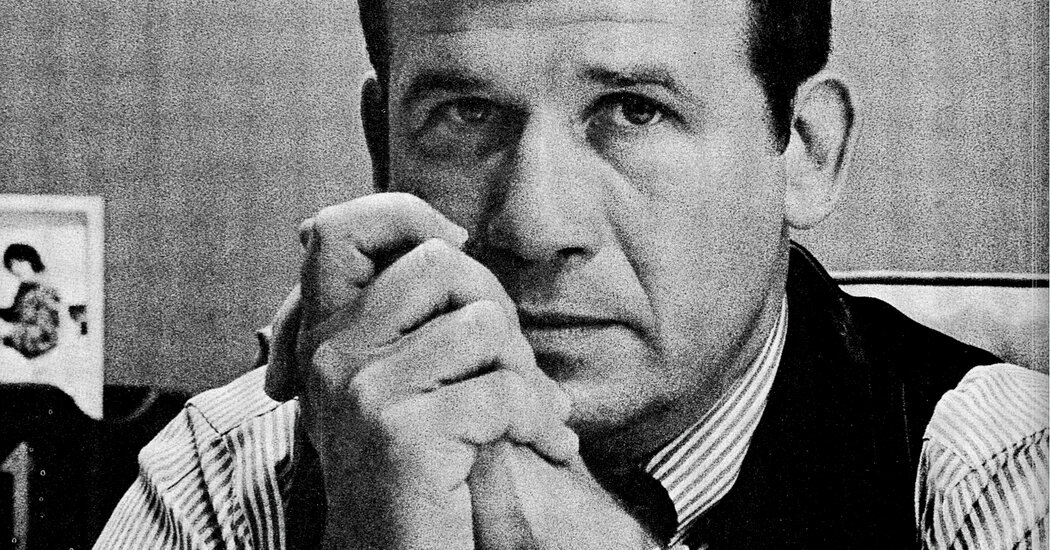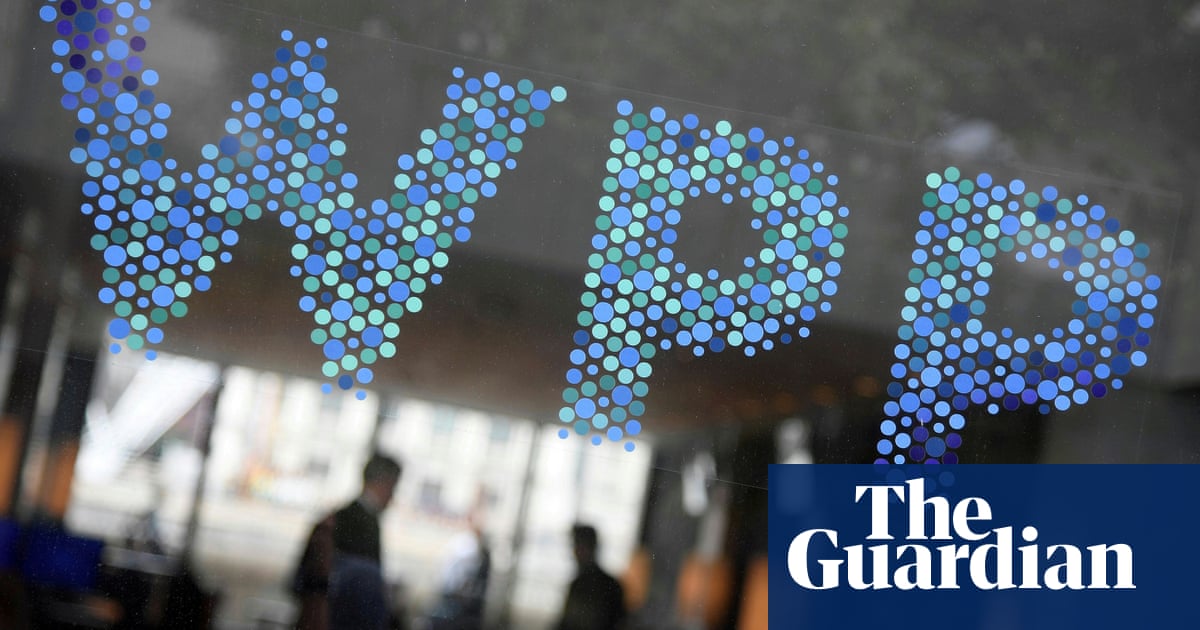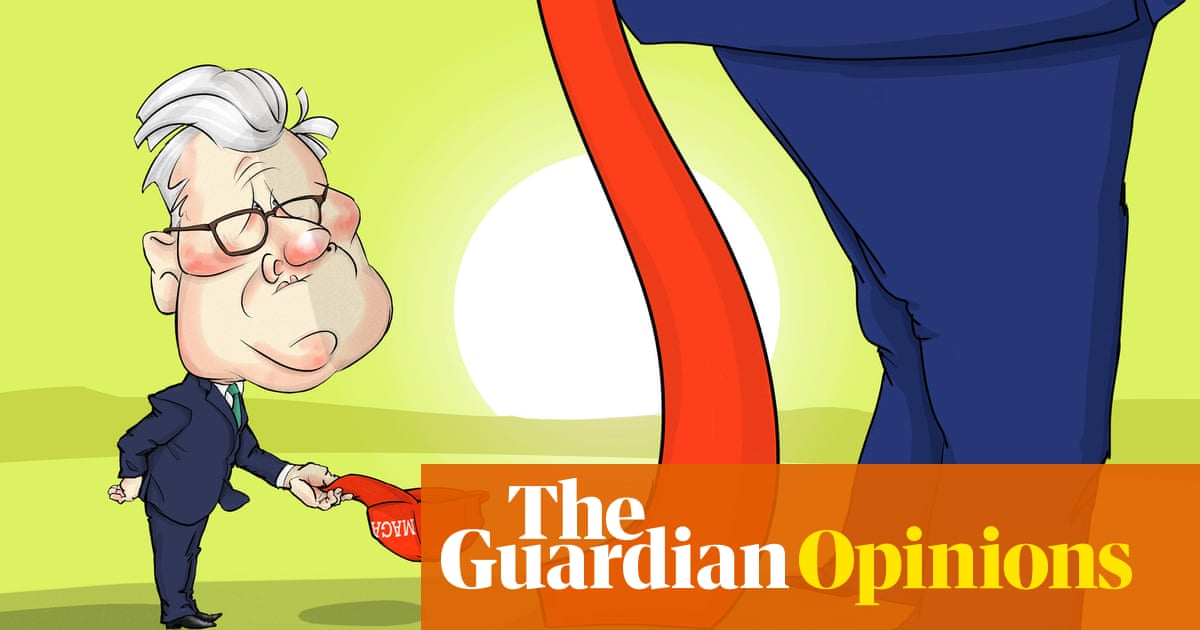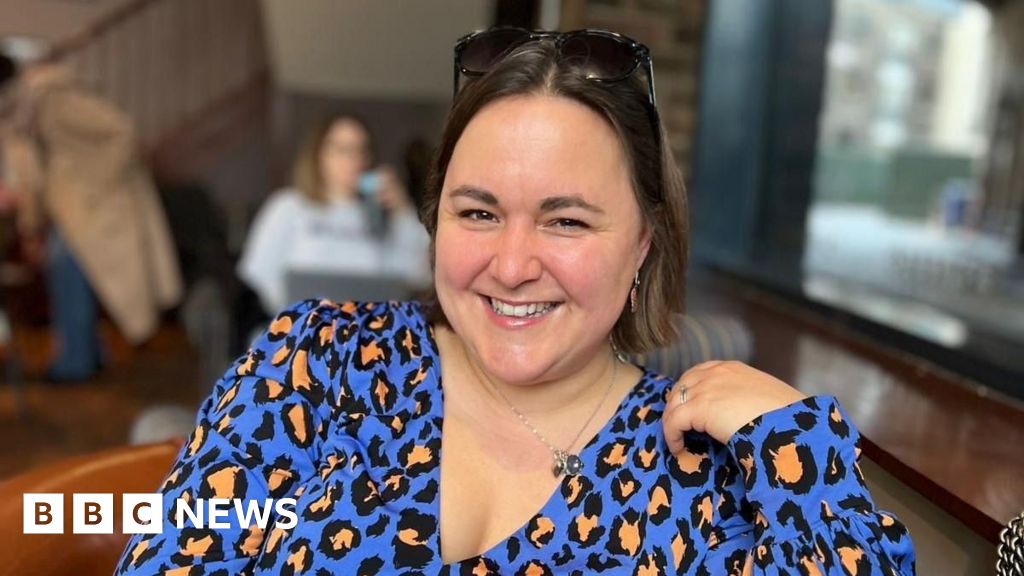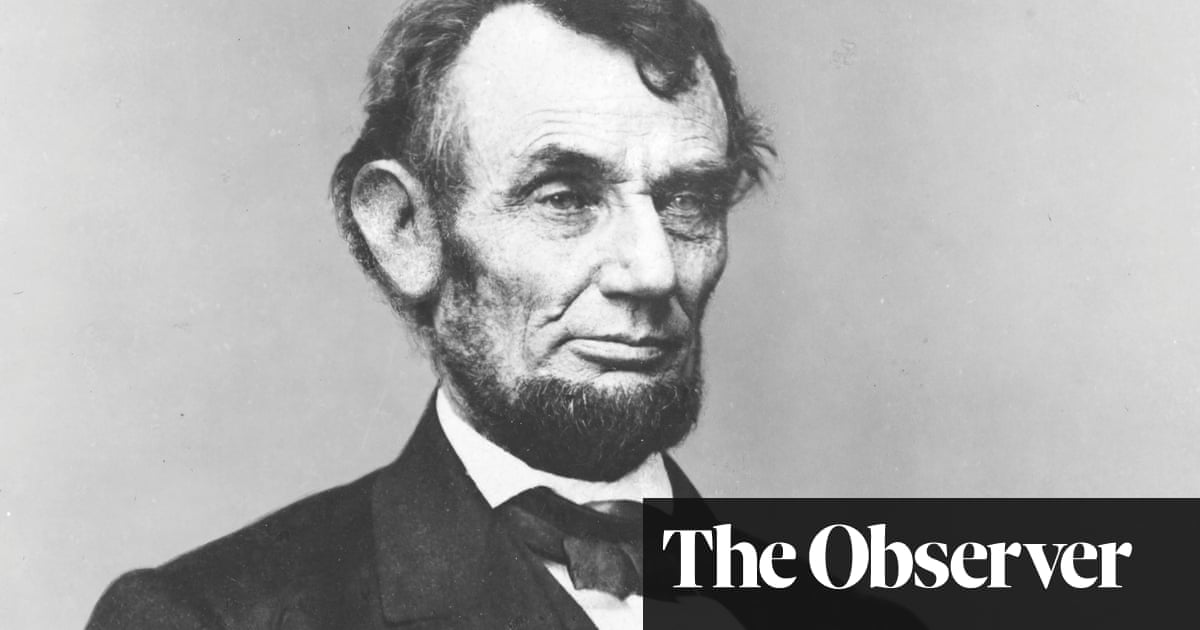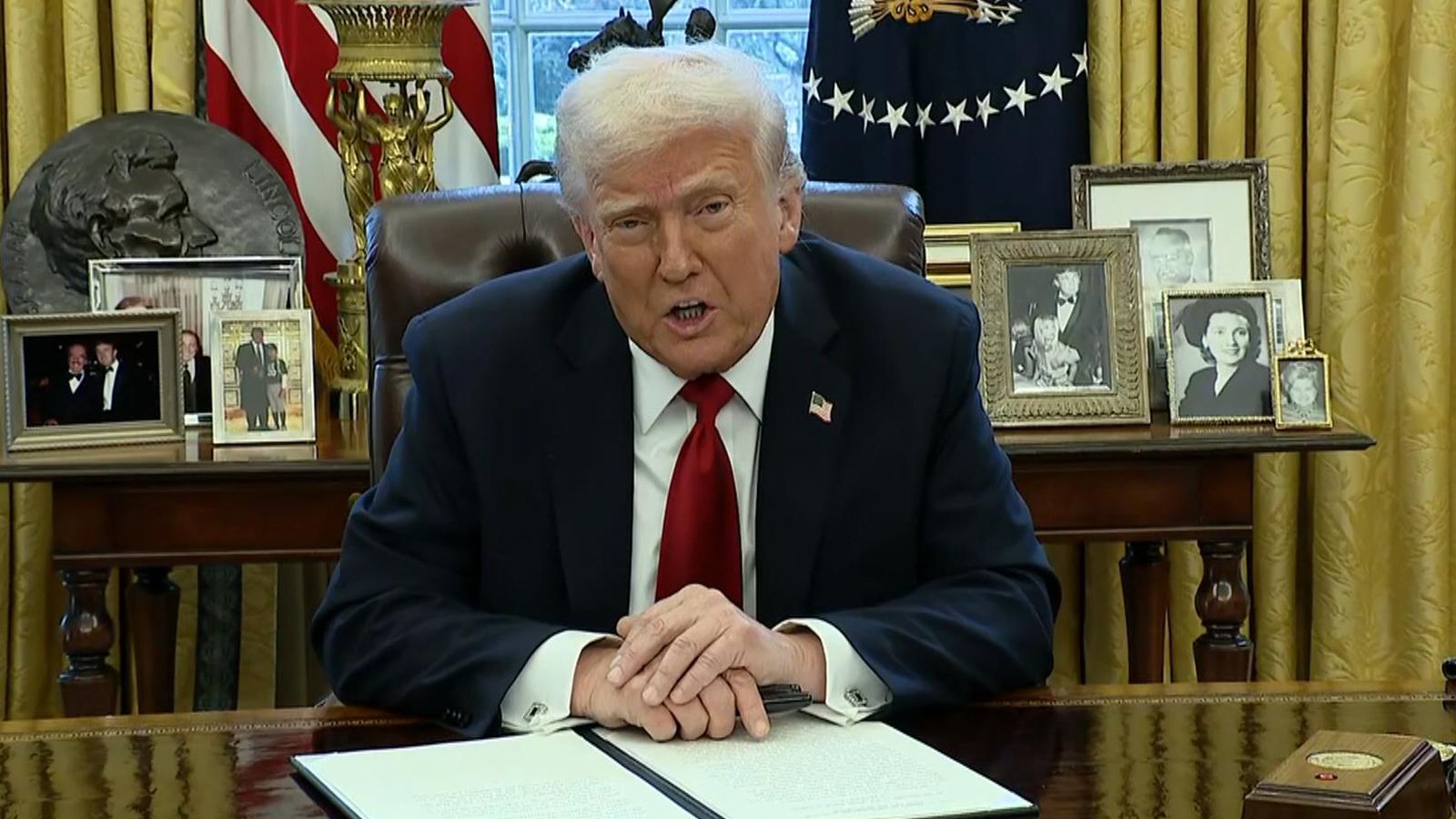
President Trump announces 25% tariff on all imported cars ahead of ‘liberation day’
US President Donald Trump has announced a new 25% tariff on all imported cars.
Signing an executive order, Mr Trump said the tax would kick in on 2 April – what he has called “liberation day”.
This is when all his retaliatory import tariffs take effect.
It comes amid the continued fallout from the Signalgate security breach in Washington.
Speaking late on Wednesday, Mr Trump said: “This will continue to spur growth. We’ll effectively be charging a 25% tariff.”
However, the tariffs could be complicated as even American car makers source components from around the world – meaning they could also face higher costs and lower sales.
During his second term, Mr Trump has used tariffs frequently as a trade weapon with allies and enemies alike.
He cited plans from South Korean car maker Hyundai to build a $5.8bn (£4.5bn) steel plant in Louisiana as evidence the economic measures would bring back manufacturing jobs.
Despite Mr Trump’s optimism, shares in General Motors fell by about 3% in Wednesday afternoon trading.
Ford’s stock was up slightly, but shares in Stellantis, the owner of Jeep and Chrysler, dropped nearly 4%.
Even American and foreign firms already with domestic plants still rely on Canada, Mexico and other countries for parts and finished vehicles – meaning prices could increase and sales decline as new factories take time to build.
Tariffs are a key part of Mr Trump’s efforts to reshape global trade relations.
He plans to impose what he calls “reciprocal” taxes on 2 April that would match tariffs and sales taxes levied by other nations.
He has already placed a 20% tax on all imports from China, over its role in the production of fentanyl.
Similarly, he placed 25% tariffs on Mexico and Canada, with a lower 10% tariff on Canadian energy products.
Signal security breach
As Donald Trump was keen to talk up his tariffs, the rest of Washington was discussing the security breach that rocked the Capitol.
In a group called “Houthi PC small group”, specific details of a US attack on Houthis were shared with the likes of intelligence director Tulsi Gabbard, national security adviser Mike Waltz, vice president JD Vance and more.
However, a senior journalist for the magazine The Atlantic, Jeffrey Goldberg, was also somehow added to the Signal group chat.
What was said in the Signal chat?
Goldberg published a story first on Monday on the incident.
The White House tried to rubbish his journalism, and he published a follow-up story releasing the messages themselves.



